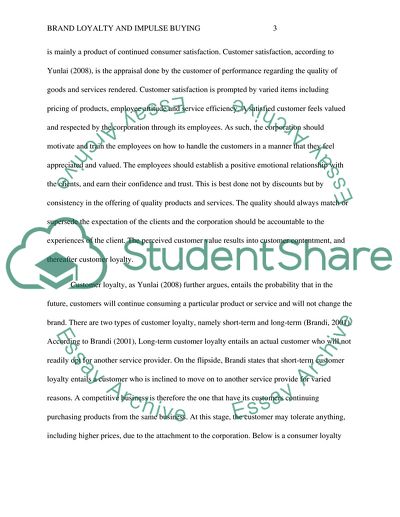Cite this document
(“How loyalty affects impulse purchases; Consumer Psychology Essay”, n.d.)
How loyalty affects impulse purchases; Consumer Psychology Essay. Retrieved from https://studentshare.org/psychology/1650779-how-loyalty-affects-impulse-purchases-consumer-psychology
How loyalty affects impulse purchases; Consumer Psychology Essay. Retrieved from https://studentshare.org/psychology/1650779-how-loyalty-affects-impulse-purchases-consumer-psychology
(How Loyalty Affects Impulse Purchases; Consumer Psychology Essay)
How Loyalty Affects Impulse Purchases; Consumer Psychology Essay. https://studentshare.org/psychology/1650779-how-loyalty-affects-impulse-purchases-consumer-psychology.
How Loyalty Affects Impulse Purchases; Consumer Psychology Essay. https://studentshare.org/psychology/1650779-how-loyalty-affects-impulse-purchases-consumer-psychology.
“How Loyalty Affects Impulse Purchases; Consumer Psychology Essay”, n.d. https://studentshare.org/psychology/1650779-how-loyalty-affects-impulse-purchases-consumer-psychology.


